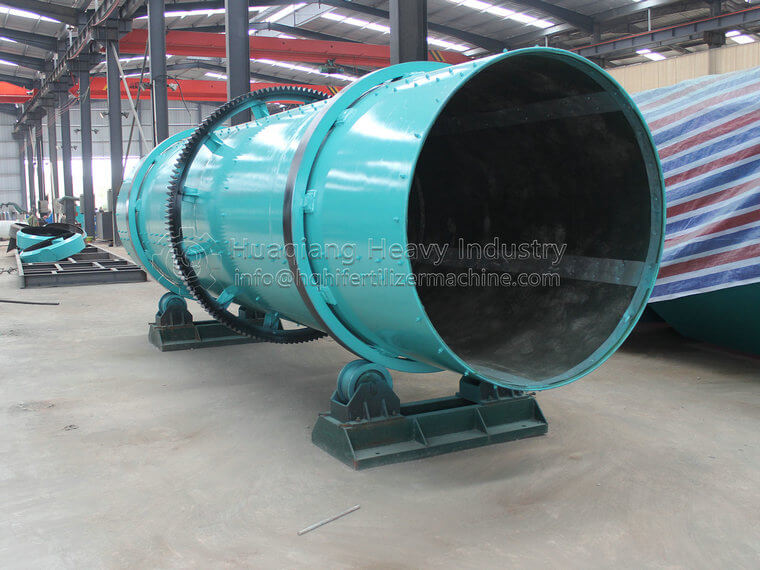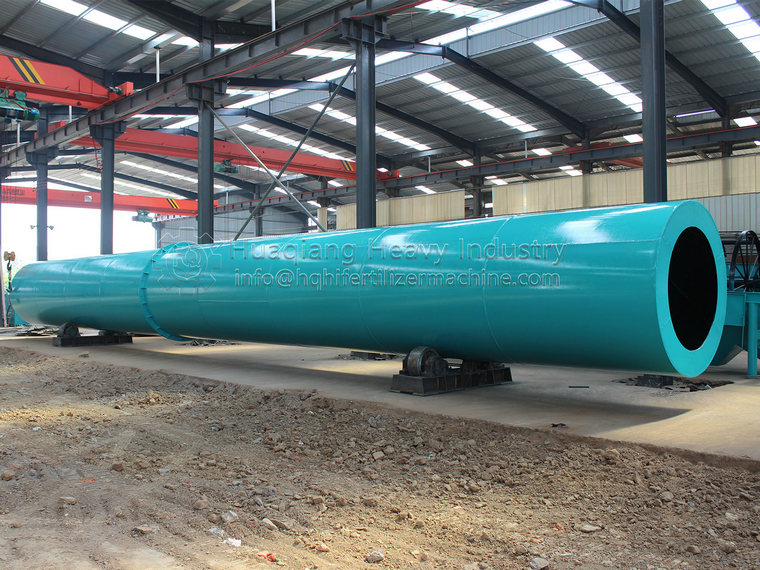What are the granulation methods of fertilizer granulators?
The difference between granulators is to choose the appropriate granulation method based on the usage requirements of the material. What are the granulation methods for fertilizers? How does a fertilizer granulator granulate.
The granulator is just a general term, with subdivisions and branches below it. Mainly divided into two categories: dry method and wet method:
1. Dry fertilizer granulation:
It mainly refers to products with relatively low material moisture, generally with a zero threshold of moisture below 10%. (There are also very few materials that can reach 16%, such as some materials that only carry crystalline water.) Dry granulation produces mostly irregular particles (such as common granular potassium fertilizer) or more commonly, similar shapes like small crushed stones.
The roller extrusion granulator belongs to the dry granulation process, without the need for drying process, with high granulation density, good fertilizer efficiency, and full organic matter content; It also saves the money for purchasing dryers and cooling machines, and there is no need to burn coal in the later stage, thus saving a significant portion of the funds. However, the granulation process of the squeezing granulator belongs to a flat circular shape, which is prone to jamming during machine sowing of crops in the field, and its fluidity is not very good. Therefore, if this granulation process is used carefully for organic fertilizer produced by machine sowing farmers, it is recommended to use composite fertilizer or compound fertilizer.
Compared to wet granulation, dry granulation has lower energy consumption and is more environmentally friendly. It does not require drying, does not add water or binders, so it does not change the material properties; These are also several advantages that differentiate dry granulation from wet granulation. More suitable for industrial mass production.
2. Wet fertilizer granulation:
There are also many types of equipment and methods in wet granulation for materials with a moisture content of over 20%. For example, the methods of disc granulation, drum granulation, and screw granulation have been continued many years ago, and have made significant progress through continuous improvement in the usage environment and processing requirements of different materials. For example, in recent years, organic fertilizer granulation has become popular, with particle sizes ranging from 1mm to 6mm. These methods are commonly used.
The stock conversion granulator is a process that has always been used for compound fertilizer granulation, and can also be used to produce organic fertilizers. However, the granulation rate is relatively low. If producing organic and inorganic organic fertilizers, this process can be chosen.
The disc granulator is a relatively traditional process, and I personally highly recommend this type of granulator. It produces smooth particles and sells well, but the only drawback is its low density; At present, people are pursuing new and innovative methods of granulation, so the number of users is gradually decreasing (universal).
The stirring tooth granulator is a product that is widely favored by customers. This process has high yield and smooth processing. If an organic fertilizer rounding machine is added, the granulation can be comparable to disc granulator. However, it is necessary to purchase a drying machine and a cooling machine, as the entire set of equipment for this process of organic fertilizer is expensive.


.jpg)
.jpg)


.jpg)

